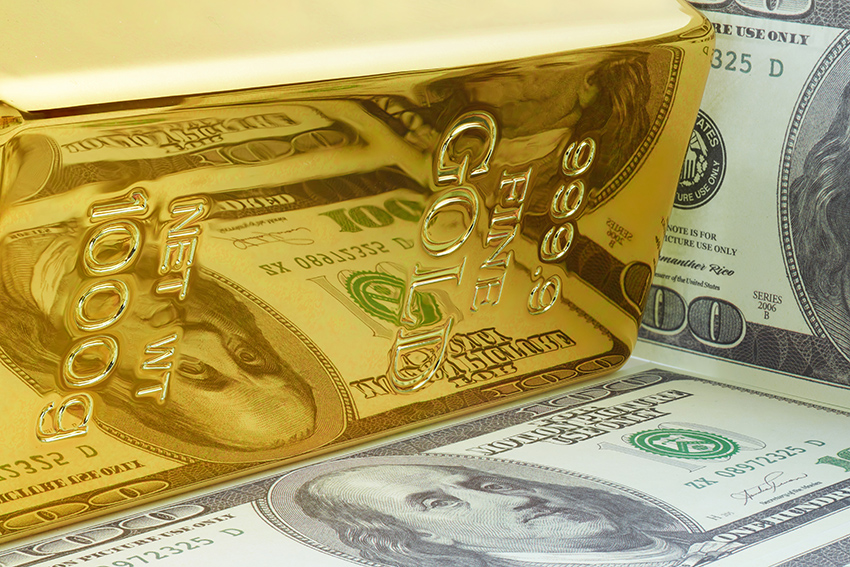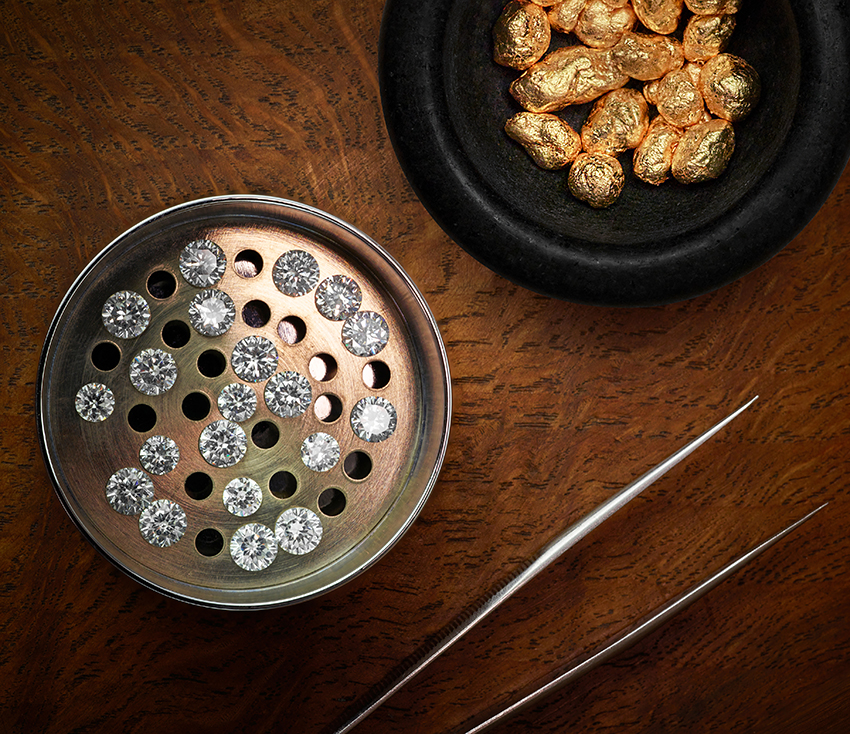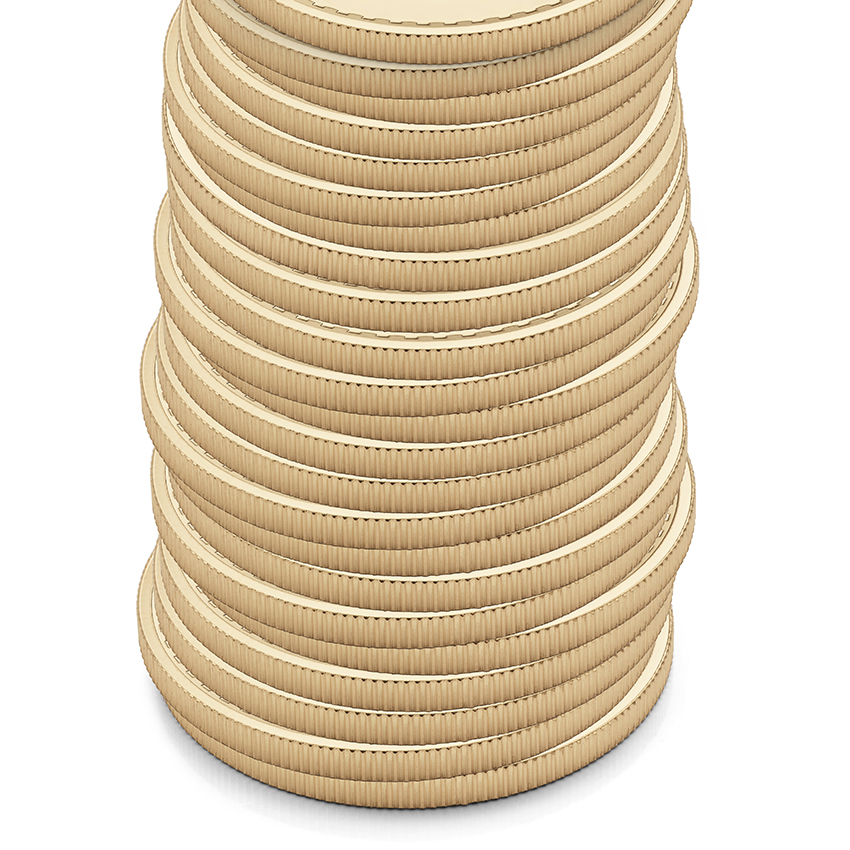What is Gold?
Gold is a chemical element with the symbol Au and atomic number 79. It is a soft, yellow, precious metal that humans have highly valued for thousands of years. The origin of Gold is a topic of much scientific study and speculation. Moreover, there are several theories about how it formed.
Where does Gold come from?
One theory suggests that Gold formed in the early universe shortly after the Big Bang. According to this theory, Gold originated created when high-energy particles collided with each other. Heavier elements form through a process known as nuclear fusion. This process may have occurred in the cores of stars. Extreme temperatures and pressures were sufficient to fuse atomic nuclei.

Additional theories on the origin of Gold.
Another theory suggests that Gold formed after supernovae or massive stellar explosions. When a star explodes, it releases a tremendous amount of energy, which can cause the elements within the star to fuse. This process may have produced many of the heavier elements in the universe, including Gold.
The following video by the Natural History Museum offers a good insight into the origin of Gold.
A third theory suggests that Gold resulted from the collision of two neutron stars. Neutron stars are the remnants of supernova explosions. They are incredibly dense objects with masses similar to that of the sun but compressed into a sphere only a few miles in diameter. When two neutron stars collide, the intense pressure and heat caused by the collision can lead to the formation of new elements, including Gold.

Despite these theories, the exact origin of Gold still needs a greater understanding. Scientists continue to study Gold and other elements to understand better their origins and how they came about.
In terms of its occurrence on Earth, Gold occurs in the form of native meta. This means it exists in its elemental form rather than combined with other elements. It occurs in the form of compounds, such as gold sulfide and gold chloride. Miners extract Gold from these compounds through chemical processes.
Gold occurs in the Earth’s crust in small quantities. The metal exists mixed with other metals or minerals.
Alluvial Gold deposits.
At the same time, it appears in riverbeds and streams. Gold washed down from higher elevations becomes deposited in areas with a lower concentration of other minerals. Moreover, we find Gold in areas with a high concentration of geothermal activity. For example, in areas near volcanoes or in areas with a lot of tectonic activity.
Uses of Gold.
Humans have highly valued Gold for thousands of years, and it has played a significant role in human history. Gold represents the medium of exchange, a store of value, and a symbol of wealth and power. Additional uses include jewellery (such as engagement rings and wedding rings) coins, and other decorative objects used for these purposes today. Despite its widespread use, Gold remains a rare and valuable element, constantly prized by people worldwide.

20 Facts about Gold
- Gold is a chemical element with the symbol Au (from Latin: aurum) and atomic number 79.
- This sought-after precious metal occurs throughout recorded history for coinage, jewellery, and other arts.
- Gold is one of the least reactive chemical elements and does not tarnish or corrode easily.
- Gold is a good conductor of electricity and does not react with water, making it useful in electronic devices and other applications.
- The metal occurs as nuggets or grains in rocks and alluvial deposits and is one of the coinage metals.
- Gold flattens into extremely thin sheets and has a yellow colour when in a mass.
- Owing to the softness of pure Gold, most uses involve alloyed forms of Gold, mixed with other metals, such as silver, copper, palladium, or zinc, to increase its strength and durability.
- Gold found in a pure, free elemental state and is described as nuggets or grains in rocks, veins, and alluvial deposits.
- The largest gold nugget ever found, called “Welcome Stranger” came from Victoria, Australia, in 1869. It weighed about 210 pounds (95 kg).
- Gold is the most malleable and ductile of all metals; a single gram makes a sheet of one square meter or an ounce into 300 square feet.
- Gold is the most popular metal for jewellery, with about 78% of all Gold consumed yearly used for jewellery.
- Other industries use Gold which goes into electronics, medicine, aerospace and many more.
- The process of mining gold can be very harmful to the environment and can harm natural habitats and ecosystems.
- Gold is a good investment, recognized as a store of value for thousands of years.
- Gold as a symbol of wealth and status for centuries continues to be seen as a symbol of prestige and luxury today.
- Gold’s price changes according to various factors, including supply and demand, political stability, and interest rates.
- In some ancient cultures, Gold had divine or supernatural properties, often used in religious rituals and ceremonies for this reason.
- The largest Gold producing countries are China, Australia, Russia, the United States, Canada and Peru.
- Gold is a very dense metal, with a specific gravity of about 19.3, which means it is about 19 times as dense as water.
- Gold remains a safe-haven asset, often used as a hedge against inflation and currency fluctuations.
About Mark Johnson
Mark founded Isle of Wight jewellers Serendipity Diamonds in 2007 after a career on the polished diamonds industry. Today he works in the Serendipity showroom, helping clients with jewellery, creating handmade designs and updating their two jewellery websites SerendipityDiamonds.com and Isle-of-Wight-Jewellery.co.uk



